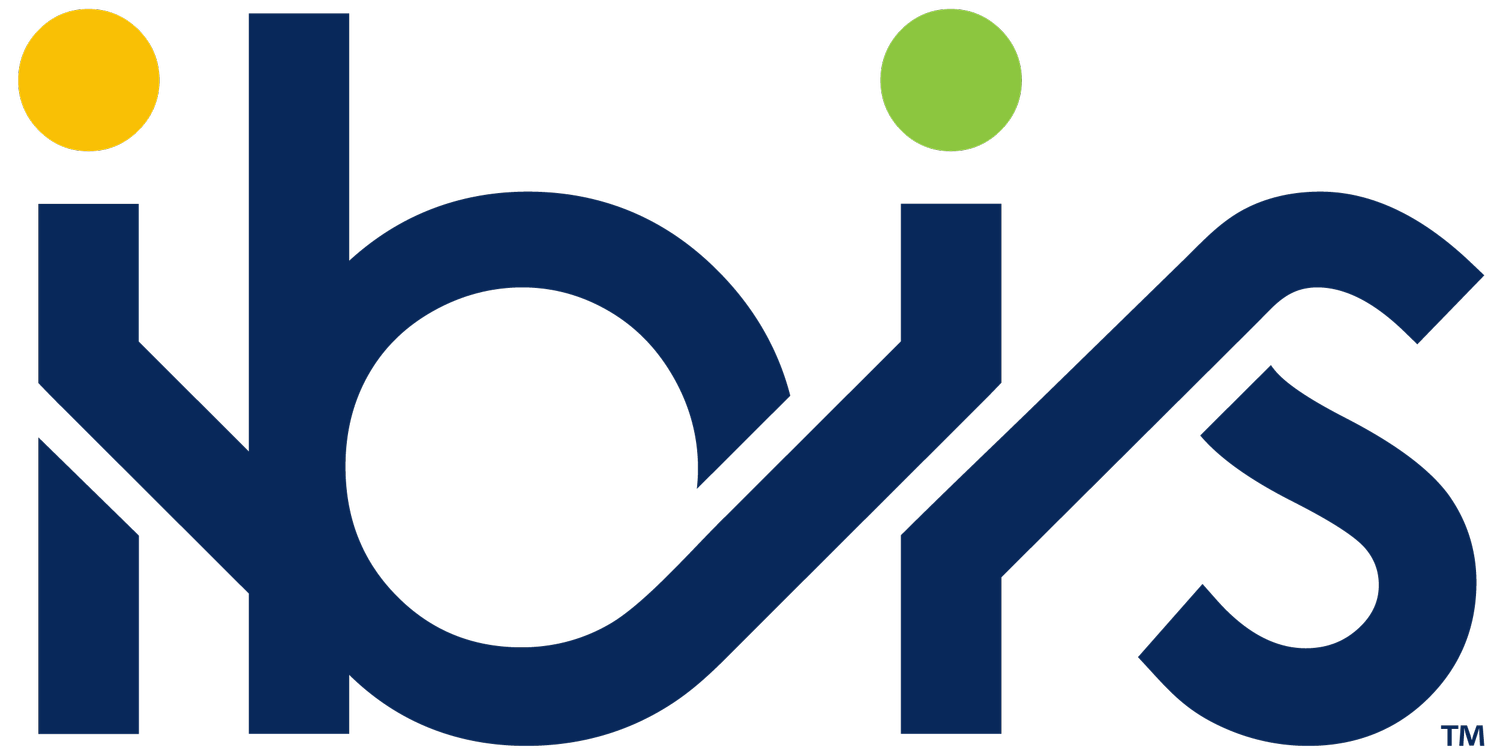4 Keys to Success When Leading Across Generations
According to a study by the Pew Research Center, all five generations are working side by side for the first time in global history. While they make up the smallest percentage of the current U.S. workforce, Traditionalists, born in 1928-1945, currently work side-by-side with those in Generation Z, who were born from 1997 to 2012 and account for more than 27% of the current workforce.
From a global lens, a growing multi-generational workforce has resulted in a growing multi-generational skill and culture gap. According to the Organisation for Economic Cooperation and Development (OECD), countries in Asia with significantly larger older generations currently in the workforce are being out-skilled by their younger Gen Z counterparts. The COVID-19 pandemic has placed a microscope on technological expertise and fluency, resulting in some employees feeling they cannot keep up with their counterparts, particularly with the growing demands of a hybrid work environment.
How should organizations and their leaders think differently about ensuring that all generations can thrive? The first step is creating systems that seamlessly integrate current learnings with long-standing policies or practices.
In interviews conducted with some of our stakeholders about their feelings on leading intergenerational teams, leaders mentioned that it’s critical to recognize varying values around work, technology, and communication. If we manage teams, the question we may be asking is, “How can I maximize my team’s potential while I still get what I need from them in the workplace?” If we lead organizations, we may wonder, “How do our policies work across generations?”
Here are four key ways to bridge the generational diversity across your team, and make it a part of your organization’s strategies for a more inclusive work environment:
1. Identify shared values, not differences.
It’s important to remember that as an inclusive leader, you have a unique position to find the strength that each employee brings to the team. If you find that team members are focusing on each other's differences, you can challenge organizational attitudes and practices that yield to homogeneity. Meet with your team and ask everyone to share their values or unique strengths and build a foundation of collective value sharing.
2. Recognize that employees bring multiple parts of themselves to the workplace.
Some employees bring their professional experience, educational background, or role to the forefront of their work, while others bring their gender identity, family status, or ethnicity. When we think about what builds a sense of belonging in the workplace, it is creating intentional spaces that invite and celebrate all these identities. Whether we see one colleague sending more messages than emails, or another not being able to figure out a virtual meeting, one critical way to build a sense of belonging across generations is to avoid the assumption that what we observe is a product of someone’s generation or age. This can result in us misrepresenting feedback or a strategy based on our assumptions, and it may not lead to our intended impact.
3. Reflect on your leadership style and how much generational identities impact the way you lead.
Being an inclusive leader means acknowledging your limitations and using the collective strength of your team to overcome them. Do not be afraid to have your team lean on each other once they identify their collective strengths.
4. Help to create an open path for learning and mentoring.
Reverse mentoring allows us to apply a generational lens to how we work. This concept negates the idea that mentoring only works one way, where the older and more experienced individual is the only one with wisdom to share, and those who are younger or less experienced are the only ones in the position to learn. Cross-generational learning can happen when one person asks a colleague how they engaged their manager in a promotional conversation or for the latest research on a topic.The first step to making organizations better equipped in serving a multi-generational workforce is to reflect, and then adapt. Adapting our organizational culture, creating space for intergenerational collaboration, and investing in the parts that all our employees bring are the keys to a more current, productive, and thriving organization. Reach out to us today to learn more about how we are training the next multigenerational company to be even better than before.
